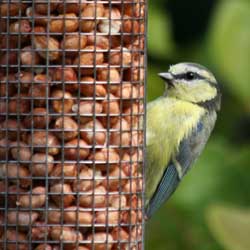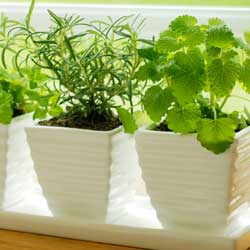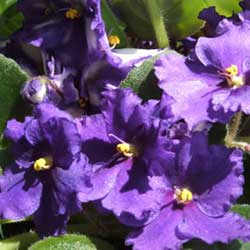How to Transform Your Garden This Year: One Note and Five Minutes at a Time
The new year brings an opportunity to refresh not just our homes, but our gardens too.  Whether you’re an avid gardener or just starting out, one of the best ways to improve your outdoor space this year is simple: spend five mindful minutes in your garden every day, paired with your favorite beverage and a notebook.
Whether you’re an avid gardener or just starting out, one of the best ways to improve your outdoor space this year is simple: spend five mindful minutes in your garden every day, paired with your favorite beverage and a notebook.
Morning Coffee or Evening Wine: A Ritual for Connection
Life can be busy, but dedicating just five minutes each day to your garden can create a rhythm that’s both relaxing and productive.
- Morning Coffee: Step outside as the sun rises, coffee in hand. Feel the crisp morning air,
 listen to the birds, and take in the sights of dew-kissed leaves.
listen to the birds, and take in the sights of dew-kissed leaves. - Evening Wine: End your day with a calming stroll through your garden, a glass of wine or tea in hand. Watch the golden hour light illuminate your plants and reflect on the day.
This simple ritual can do wonders for your well-being, while also building a deeper connection to your garden.
The Power of Note-Taking
Improvement starts with observation. Bring a small notebook or use a garden app on your  phone to jot down quick notes. Here are a few things to track:
phone to jot down quick notes. Here are a few things to track:
- Growth and Changes: Is that hydrangea putting out new buds? Did your tomatoes grow an inch taller overnight?
- Challenges: Spotted a pest? A plant looking droopy? Write it down so you can address it later.
- Weather and Conditions: A quick note about rain, frost, or sunny days helps you track patterns for better planting next year.
- Inspiration: Jot down ideas for new plants, design tweaks, or even a whimsical addition like a sundial or a white swing.
These notes will become your personal garden journal, capturing the story of your space across the year.
Witnessing the Progress
Over time, those small daily moments add up to something beautiful. By year’s end, you’ll have not only improved your garden but also cultivated a habit that keeps you grounded and  inspired. And when you look back at your notes, you’ll see the evolution of your garden—and yourself as a gardener.
inspired. And when you look back at your notes, you’ll see the evolution of your garden—and yourself as a gardener.
Let This Be the Year You Bloom
Gardening isn’t about perfection; it’s about connection. By taking just five minutes a day to observe, reflect, and take notes, you’ll nurture not only your plants but also a deeper appreciation for the process. 
Make this the year you embrace the rhythm of your garden and grow alongside it. Your future self will thank you, as will your flourishing outdoor sanctuary.












